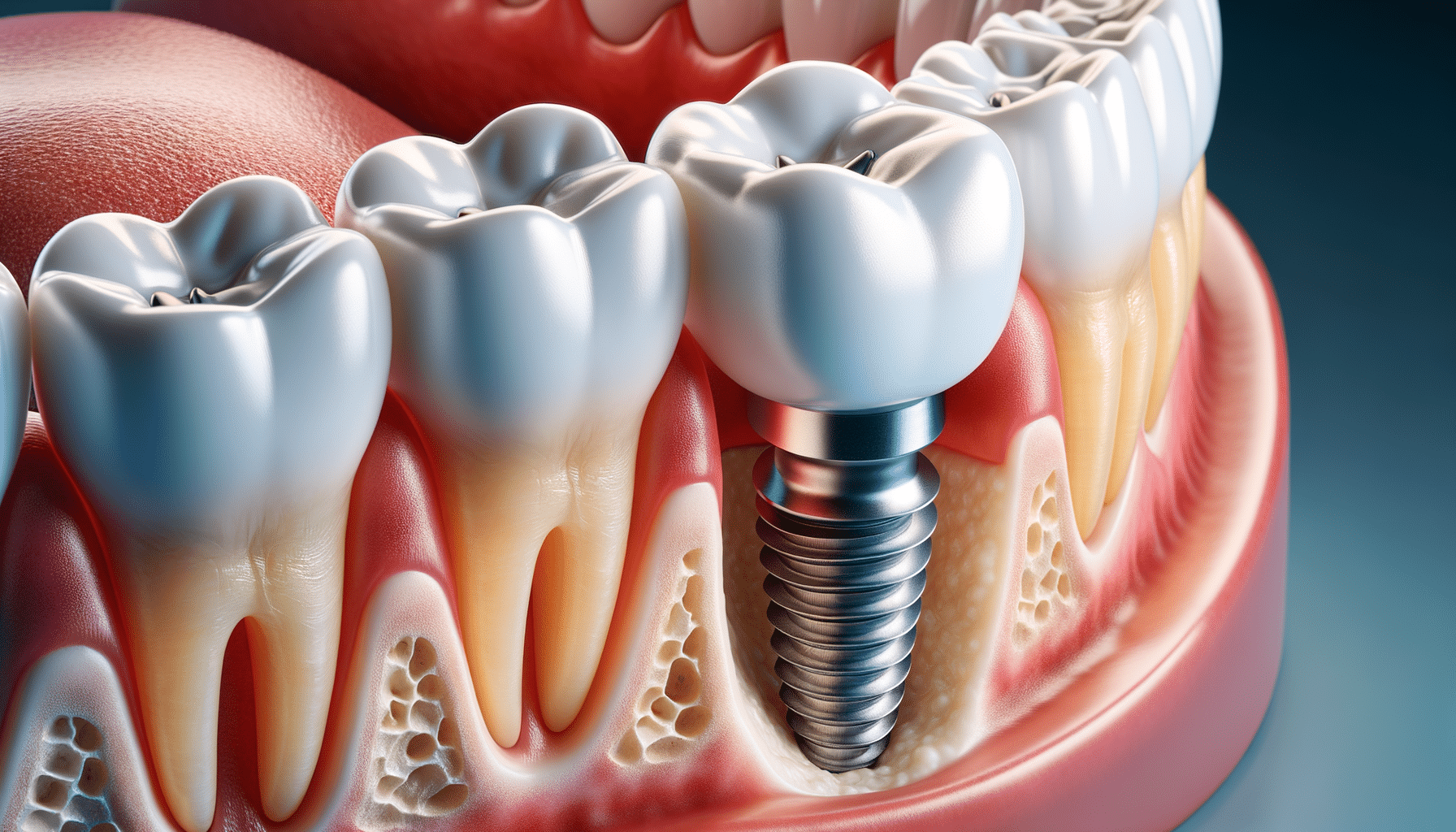
How Screwless Implants Enhance Dental Recovery
Introduction to Screwless Implants
Dental implants have long been a staple in restorative dentistry, providing a reliable solution for missing teeth. However, the traditional method often involves screws, which can sometimes lead to complications. Screwless implants are emerging as a promising alternative, offering several benefits over their traditional counterparts. This article explores the various aspects of screwless implants, highlighting their importance and relevance in modern dentistry.
The Mechanics of Screwless Implants
Screwless implants differ from traditional implants primarily in their attachment method. Instead of using screws, these implants rely on a press-fit or locking-taper mechanism that securely holds the implant in place. This design minimizes the risk of micro-movements that can lead to implant failure. Additionally, the absence of screws reduces the possibility of mechanical failure, which is a common concern with traditional implants.
Research indicates that screwless implants can offer a more stable and secure fit, which is crucial for the long-term success of dental restorations. The design also allows for better load distribution, reducing stress on the surrounding bone and promoting faster osseointegration. This means that patients can experience quicker recovery times and improved overall outcomes.
Advantages of Screwless Implants
One of the most significant advantages of screwless implants is the reduced risk of complications. Traditional implants with screws are prone to issues such as screw loosening or fracture, which can necessitate additional procedures. By eliminating screws, screwless implants offer a more reliable and durable solution.
Another benefit is the aesthetic improvement. Screwless implants often result in a more natural appearance, as there are no visible screws or abutments. This can be particularly important for patients who are concerned about the cosmetic aspects of their dental restoration.
Furthermore, the simplified design of screwless implants can lead to shorter surgical procedures and reduced chair time for patients. This is not only more convenient but also reduces the risk of infection and other complications associated with longer surgeries.
Comparing Screwless and Traditional Implants
When comparing screwless implants to traditional ones, several key differences emerge. Traditional implants typically involve a two-stage process, where the implant is placed first, followed by the attachment of the crown after a healing period. Screwless implants, on the other hand, can often be placed and restored in a single visit, thanks to their unique design.
Another critical difference is the level of invasiveness. Screwless implants tend to be less invasive, as they do not require the drilling and threading necessary for screw placement. This can lead to less postoperative discomfort and a quicker return to normal activities for patients.
While both types of implants have their place in dentistry, screwless implants offer distinct advantages that make them an attractive option for many patients. However, it is essential to consult with a dental professional to determine the most suitable option based on individual needs and circumstances.
Future Implications of Screwless Implants
The development of screwless implants represents a significant advancement in dental technology. As research and innovation continue, it is likely that these implants will become increasingly popular among both patients and dental professionals. Their benefits in terms of reduced complications, improved aesthetics, and faster recovery times make them a compelling choice for many individuals.
Moreover, the success of screwless implants could pave the way for further innovations in implantology. As more data becomes available, it will be interesting to see how these implants perform in the long term and whether they can be adapted for other types of dental restorations.
In conclusion, screwless implants are a promising development in the field of dentistry, offering numerous benefits over traditional methods. For patients seeking an efficient and reliable solution for missing teeth, screwless implants may well represent the future of dental restoration.


